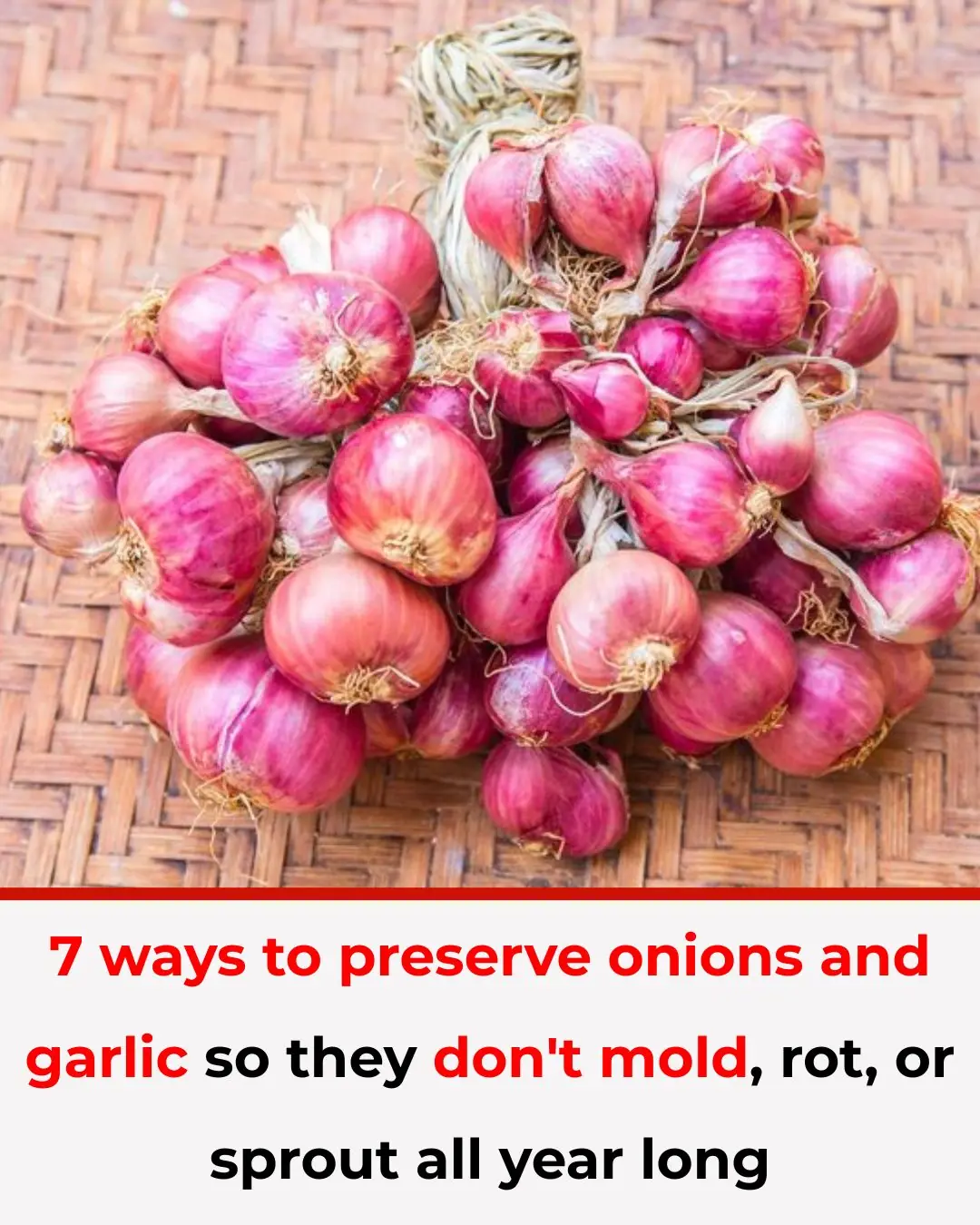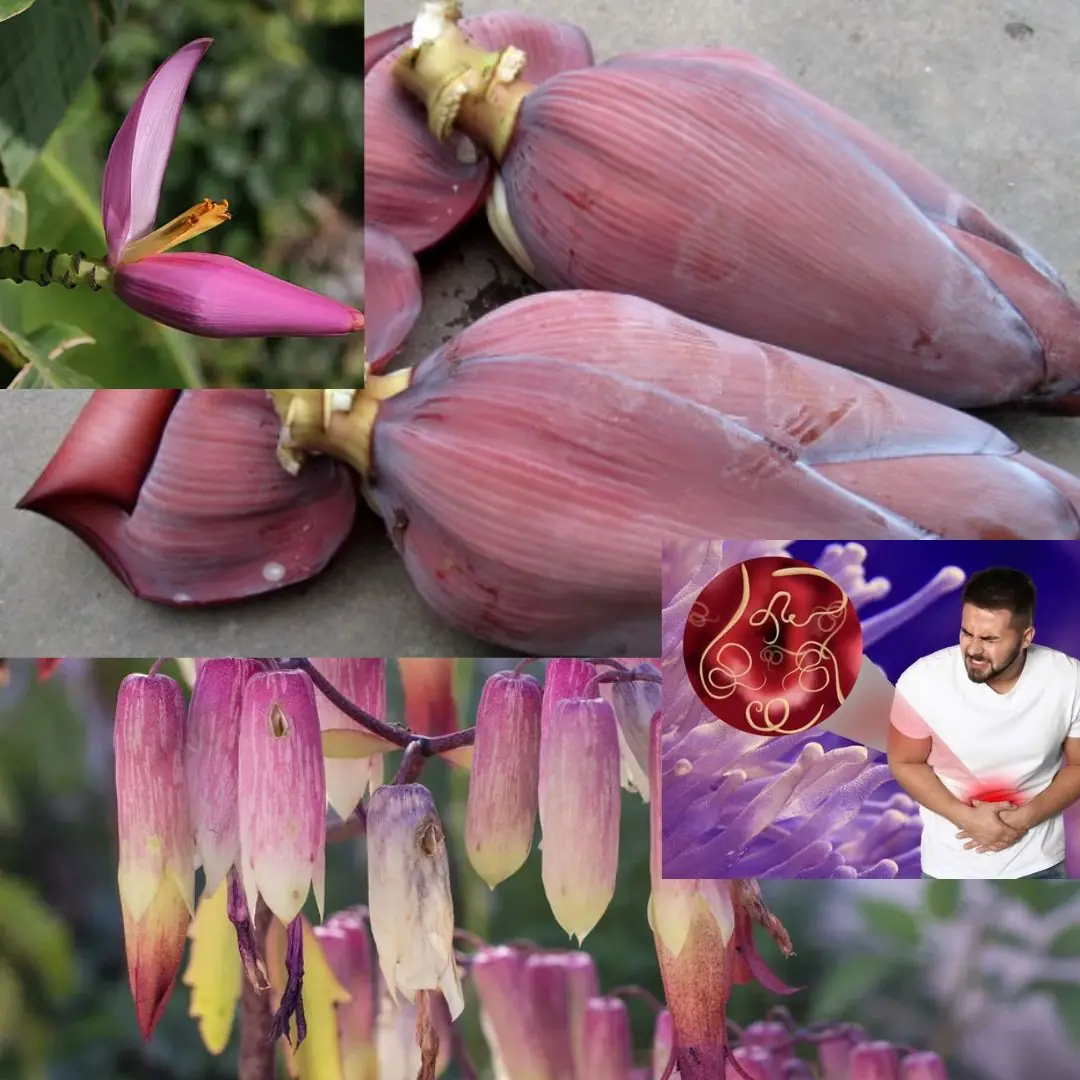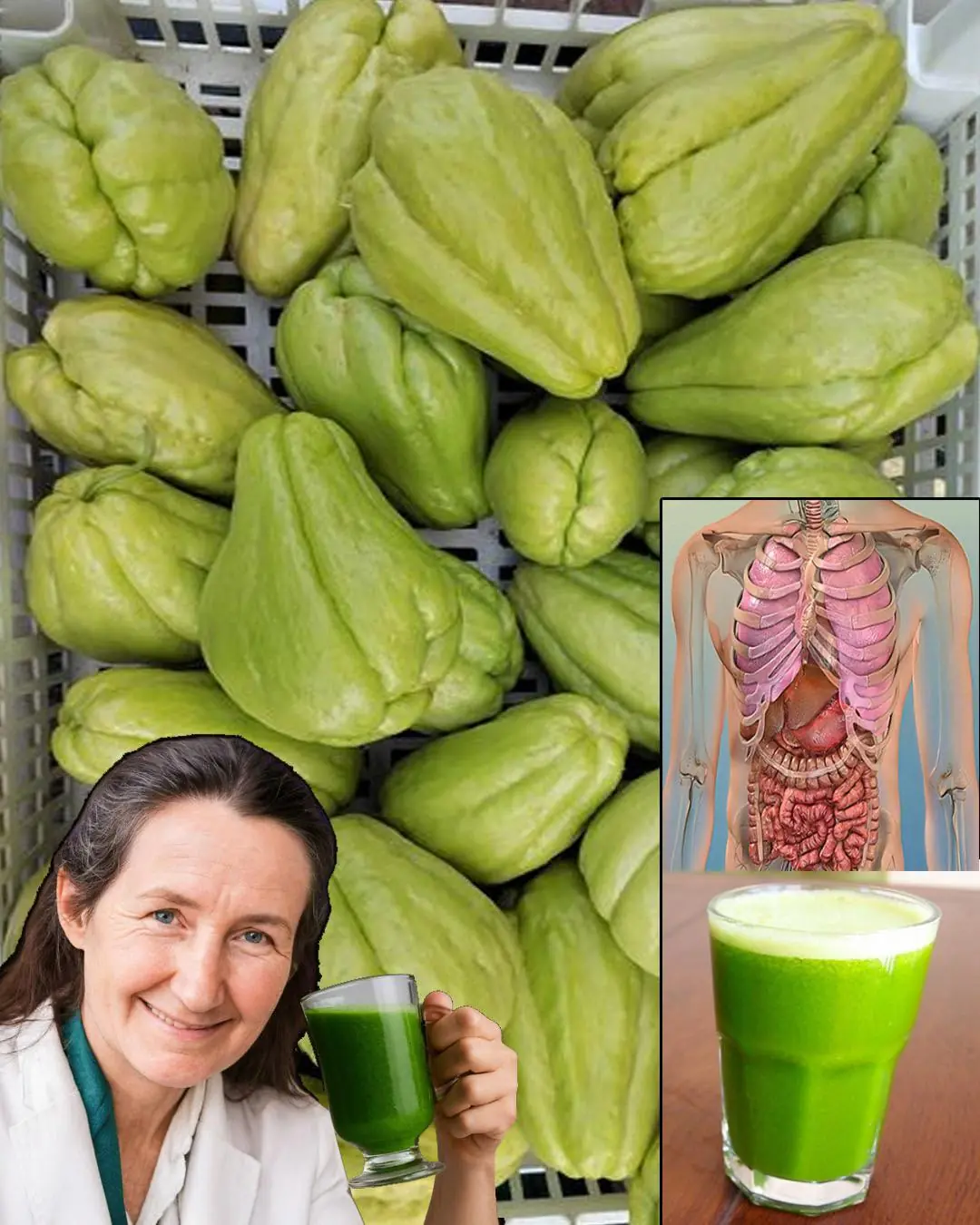
Meet Andrea Walls, the Artist Preserving Black Stories Through Photography
Andrea “Philly” Walls: Preserving the Nuance and Joy of Black Life
She’s ensuring that the complexity and brilliance of Black life are never erased.

Andrea “Philly” Walls is more than an artist — she’s a cultural guardian and storyteller, building bridges between past and present through creativity and care. As a multidisciplinary artist, writer, and archivist, Walls curates narratives that illuminate the everyday beauty, resilience, and humanity within Black life. Her work insists that these stories not only be seen but deeply felt and remembered.
Influenced by the Harlem Renaissance and the Black Arts Movement of the 1960s and 1970s, Walls intentionally challenges portrayals of Blackness centered solely on pain and oppression. Instead, she uplifts joy, community, and the extraordinary grace found in the ordinary. “I want the joyful side to be, at the very least, an equal part of what people think they know,” Walls told NPR (NPR, 2023).
The Birth of the Museum of Black Joy
In 2020, as the world witnessed the murder of George Floyd and the surge of global protests, Walls felt a spiritual urgency to create something restorative. Watching images of Black death play endlessly on screens across the nation, she decided to build a counter-narrative — one rooted in joy and life. From this moment of resistance, the Museum of Black Joy was born — a digital archive dedicated to celebrating the fullness of Black existence (Smithsonian Magazine, 2022).
“I just hit the streets, took my knowledge of Black culture and Philadelphia culture, and began collecting non-traumatic images, just as a gift to the atmosphere,” she explained in an interview with The Philadelphia Inquirer (2021). “Because I had started to doubt my own reality based on the fact that when I opened my phone to check the weather, I was watching somebody be murdered in slow motion against my own will.”
What began as an act of healing has since evolved into a community movement. Through photography, digital storytelling, and collective memory, the Museum of Black Joy has become both sanctuary and statement — a declaration that joy, in all its forms, is a birthright.
Reclaiming the Land and Its Stories
Walls’ vision stretches far beyond the streets of Philadelphia. Her recent work takes her across the American South, tracing ancestral connections to lands once marked by forced labor but still pulsing with inherited wisdom. Standing in a cotton field, she describes a moment of revelation:
“This cotton isn’t evil. I’m dressed in cotton. It’s not the land. It’s not the plants. It’s not the rice. Rice feeds people. It’s the exploitation that’s evil,” she reflects (The New York Times, 2024).
This profound shift anchors her ongoing photographic journey — a reclamation of spaces historically associated with pain, yet still capable of beauty and renewal. Her lens honors the knowledge that enslaved Africans brought with them — in agriculture, medicine, and survival — emphasizing that their expertise shaped the foundation of American life. As The Guardian notes, Walls’ work “invites viewers to see the South not as a graveyard of suffering, but as a landscape of legacy, rebirth, and reclamation” (The Guardian, 2023).
The Art of Joy as Resistance
For Walls, storytelling is not passive; it’s participatory. It demands engagement, reflection, and creation. As an educator, she often uses art-making as a method of reconnection — reminding people that creativity can heal what history has fractured. Through collage, writing, and photography, she shows that joy is not the absence of struggle but the persistence of light within it.
“Joy can emerge and coexist with and from every human experience,” she says. “It’s a practice, like yoga. You have to strengthen the joy muscles to be able to live in joy.”
In a time when images of violence and despair often dominate screens, Walls’ work stands as a luminous counterpoint — proof that joy, too, is a form of resistance. Her art teaches that reclaiming joy is both a personal practice and a collective duty.
As she beautifully reminds us, joy is more than a feeling — it’s a form of remembrance, resilience, and inheritance. And above all, it’s ours to claim.
News in the same category


Growing Concern Over Visceral Fat — Doctors Recommend 9 Foods to Help Burn It Naturally

‘This Is An Opportunity For You To Get Some Portal Film’ | Deion Sanders’ Ruthless Scrimmage Urging Bench Players To Transfer Angers Fans

Texas Cheerleader Jumps Off Homecoming Float To Save Choking Toddler

5 Tasty Eating Habits That Could Be Silent Cancer Risks for the Whole Family — Avoid Them Now

Do You Need to Unplug Your Rice Cooker After the Rice Is Done?

K Hospital Issues Warning: Daily Consumption of Processed Meats May Increase Cancer Risk – Don’t Ignore It!

5 Warning Signs of Fish Preserved with Urea – Don’t Take It Home Even If It’s Free

Eating Chicken with Sticky Rice Is a Mistake: 5 Classic Food-Combining Errors That 9 out of 10 People Don’t Know

Three Optimal Times to Drink Perilla Leaf (Lá Tía Tô) Tea—And Most People Don’t Know Them

Single Dad Adopts 5 Siblings Under The Age Of Six So They Can Stay Together

21 Year Old Hotel Employee Who Managed 90 Guests Alone During Tropical Storm Is Gifted New Car

Texas Southern University Debate Team Wins 5th World Championship Title

Meet Faith Couch, the Photographer Transforming the Way We See Black Love

People mind-blown by futuristic 'doll house' neighborhood in China home to over 1,000 units

Incredible story of teen who survived 49 days lost at sea on floating fish trap

YouTuber uncovers hidden city under water that's been missing for almost 100 years

'Zombie' volcano believed to be extinct for 710,000 years now showing signs of life

The Secret to Perfectly Sweet and Fluffy Boiled Sweet Potatoes: Add Just One Spoon of This!
News Post

🚽 How to Remove Limescale Stains from Your Toilet Bowl — Naturally & Without Harsh Chemicals

7 ways to preserve onions and garlic so they don't mold, rot, or sprout all year long

Squeeze lemon juice into the rice cooker before cooking? Simple operation but surprising effects

Put a bowl of salt in the refrigerator: A small but effective tip that makes me regret knowing it after 30 years

Most Attractive Hobby a Man Can Have According to Women

The Hidden Power of the Hole in Your Kitchen Knife — 7+ Surprising Uses You Probably Didn't Know

Most people will go their entire lives without ever knowing what the microwave ring cover is actually for

10 Morning Habits That Are Surprisingly Harmful to Your Health

6 Effective Drinks to Help Prevent Stroke – Don’t Overlook These Choices

DENTISTS HATE HOW SIMPLE THIS TEETH WHITENING HACK IS

Juniper: A Comprehensive Guide to Its Benefits and Uses

Unveil Colgate’s Secret for Silky-Smooth Feet

Evergreen Huckleberry (Vaccinium ovatum) – Benefits, Uses, and Growing Guide

A 3-Year-Old Boy Got Super Glue in His Eye — His Mother’s “Golden 30 Seconds” Saved His Sight

Growing Concern Over Visceral Fat — Doctors Recommend 9 Foods to Help Burn It Naturally

7 Amazing Health Benefits of Banana Blossoms

Bryophyllum Calycinum (Kalanchoe Pinnata): Benefits and Uses

Purslane: The Superfood That Tastes Better Than Meat – 7 Reasons to Grow It in Your Garden

7 Benefits of Chewing Raw Garlic on an Empty Stomach
